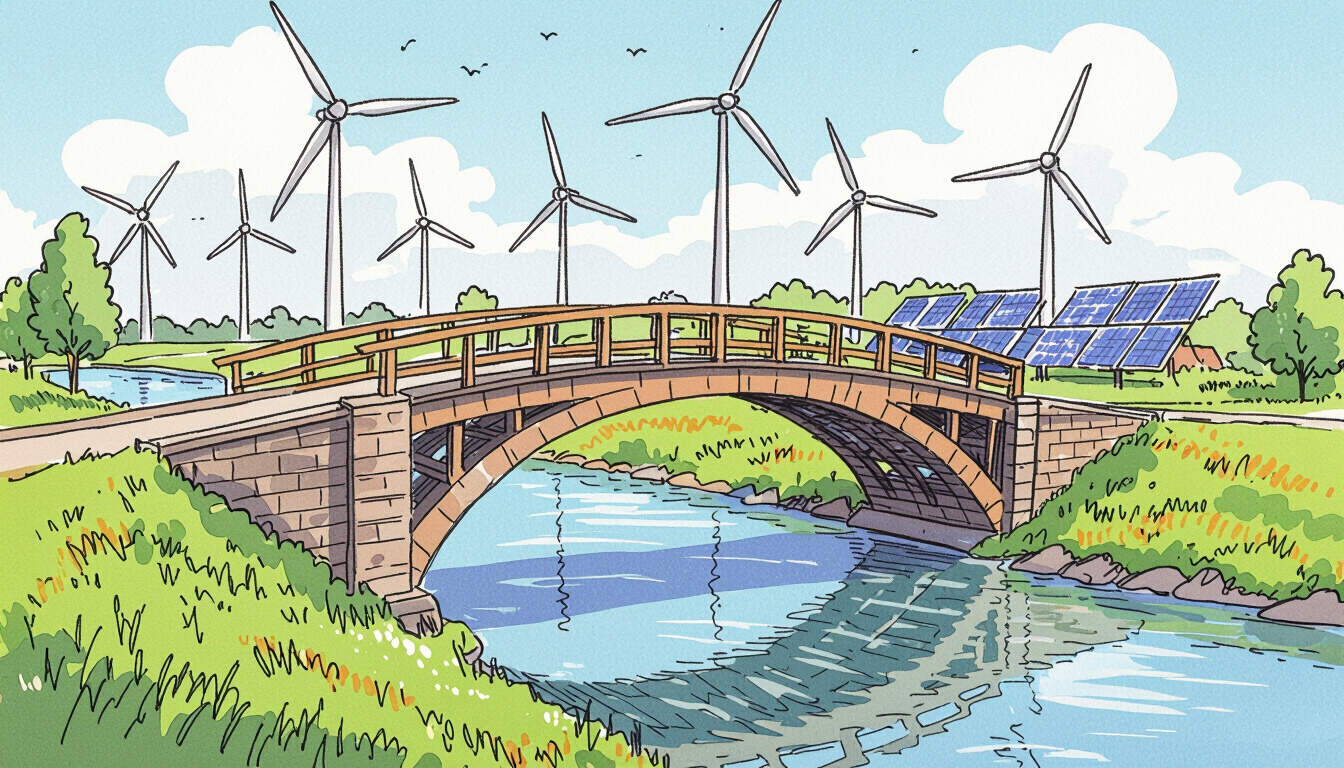Strategic Energy Resilience Planning for Businesses
 by Shanie Goodwin
by Shanie Goodwin
Strategic energy resilience planning ensures organizations can withstand disruptions while optimizing resources. This approach integrates efficiency measures and budgeting to support long-term sustainability, making it essential for energy managers and business leaders.

Strategic energy resilience planning focuses on preparing organizations to handle energy supply interruptions and maintain operations effectively. This process involves assessing risks and implementing measures that promote stability.
One key aspect is identifying potential vulnerabilities in energy systems. For instance, businesses often face challenges from weather events or supply chain issues. By conducting thorough assessments, companies can prioritize areas for improvement.
In practice, effective planning includes setting clear goals for energy use. Organizations might aim to reduce consumption through upgrades in technology. Energy efficiency plays a vital role here, as it helps lower costs and enhance reliability.
Another important element is integrating renewable sources. Solar and wind energy can provide alternatives during outages. This shift not only supports environmental goals but also strengthens overall system dependability.
To illustrate, consider a manufacturing firm that adopted strategic energy resilience planning. They invested in backup generators and energy storage solutions. As a result, the firm minimized downtime during a recent storm, saving significant resources.
Emerging trends show a growing emphasis on smart technologies. Sensors and automated systems allow for real-time monitoring of energy use. These tools help businesses adjust operations quickly to avoid waste.
Practical Strategies for Implementation
Businesses can start by forming a dedicated team to oversee planning efforts. This group should include experts from various departments to ensure comprehensive coverage.
First, conduct an energy audit to evaluate current usage patterns. This step reveals inefficiencies and highlights opportunities for savings. For example, upgrading lighting systems can lead to immediate reductions in demand.
Next, develop a budget that allocates funds for resilience initiatives. Prioritize investments based on potential return and risk reduction. Allocating resources wisely ensures that funds support both short-term needs and long-term objectives.
Collaboration with suppliers is also crucial. Building strong relationships can secure reliable energy sources and favorable terms. This approach fosters a network that enhances overall resilience.
Case Studies in Action
A retail chain implemented strategic planning by installing energy-efficient appliances across its stores. They focused on reducing peak demand through scheduling adjustments. Over time, this led to lower operational costs and improved profit margins.
In another example, a hospital enhanced its systems by adding microgrids. These localized energy networks provided backup power during grid failures, ensuring continuous service for patients. The investment paid off by maintaining critical functions without interruption.
These cases demonstrate how proactive measures can yield tangible benefits. Businesses that adopt similar strategies often see improvements in both financial performance and environmental impact.
Emerging Trends in Energy Efficiency
The rise of digital tools is transforming how organizations approach resilience. Data analytics enable predictive maintenance, allowing companies to address issues before they escalate. This proactive stance minimizes unexpected expenses and supports smoother operations.
Additionally, policy changes at the governmental level are encouraging sustainable practices. Incentives for adopting clean energy options make it easier for businesses to invest in resilience. As a result, more companies are incorporating these elements into their core strategies.
Finally, employee training plays a key role in successful implementation. Educating staff on energy conservation practices ensures that everyone contributes to the overall effort. This cultural shift can lead to sustained improvements over time.
In summary, strategic energy resilience planning offers a pathway to greater stability and efficiency. By focusing on practical steps and learning from real examples, businesses can build systems that withstand challenges while promoting sustainability.
